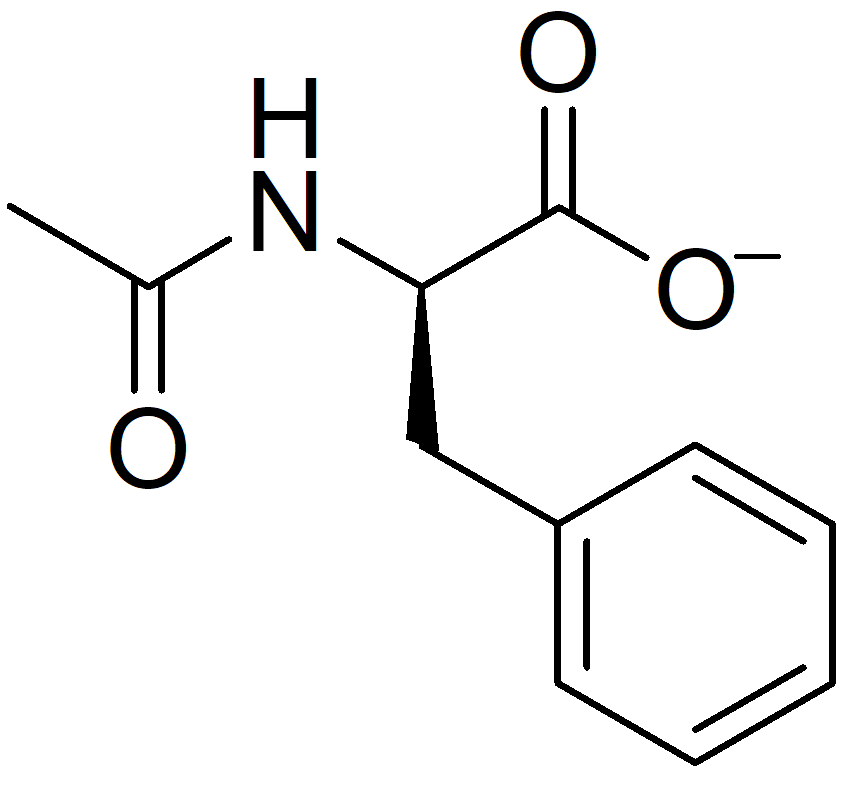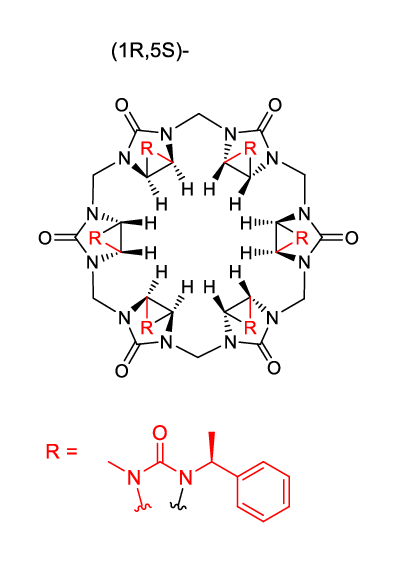Binding Properties
| 𝜈 | Molecule 1 : 1 Host | ||
| Ka = | 2200.0 | ± 400.0 | M-1 |
| Kd = | |||
| logKa = | |||
| T | 30.0 °C | ||
| Energy | kJ mol-1 | kcal mol-1 | |||
|---|---|---|---|---|---|
| ΔG | = | -19.4 | ± 0.46 | -4.64 | ± 0.11 |
- Comment
- In the original manuscript, the phenylalanine is wrongly drawn as phenylglycine.
These are the specifications of the determination of the experimental results.
| Detection Method: | Direct | ||
| Assay Type: | Direct Binding Assay | ||
| Technique: | Nuclear Magnetic Resonance | ||
| Nucleus | H-1 | ||
Detailed information about the solvation.
| Solvent System | Single Solvent |
| Solvent | Dimethyl sulfoxide-d6 |
Please find here information about the dataset this interaction is part of.
| Citation: |
J. Sokolov, V. Sindelar, SupraBank 2025, Chiral Bambusurils for Enantioselective Recognition of Carboxylate Anion Guests (dataset). https://doi.org/10.34804/supra.2021092825 |
| Link: | https://doi.org/10.34804/supra.2021092825 |
| Export: | BibTex | RIS | EndNote |
Please find here information about the scholarly article describing the results derived from that data.
| Citation: |
J. Sokolov, V. Šindelář, Chem. Eur. J. 2018, 24, 15482–15485. |
| Link: | https://doi.org/10.1002/chem.201802748 |
| Export: | BibTex | RIS | EndNote |
Binding Isotherm Simulations
The plot depicts the binding isotherm simulation of a 1:1 interaction of Ac-D-Phe anion (0.00909090909090909 M) and (1R,5S)-hexa(N-methyl-N'-phenylethyl)bambus[6]uril (0 — 0.01818181818181818 M).
Please sign in: customize the simulation by signing in to the SupraBank.




